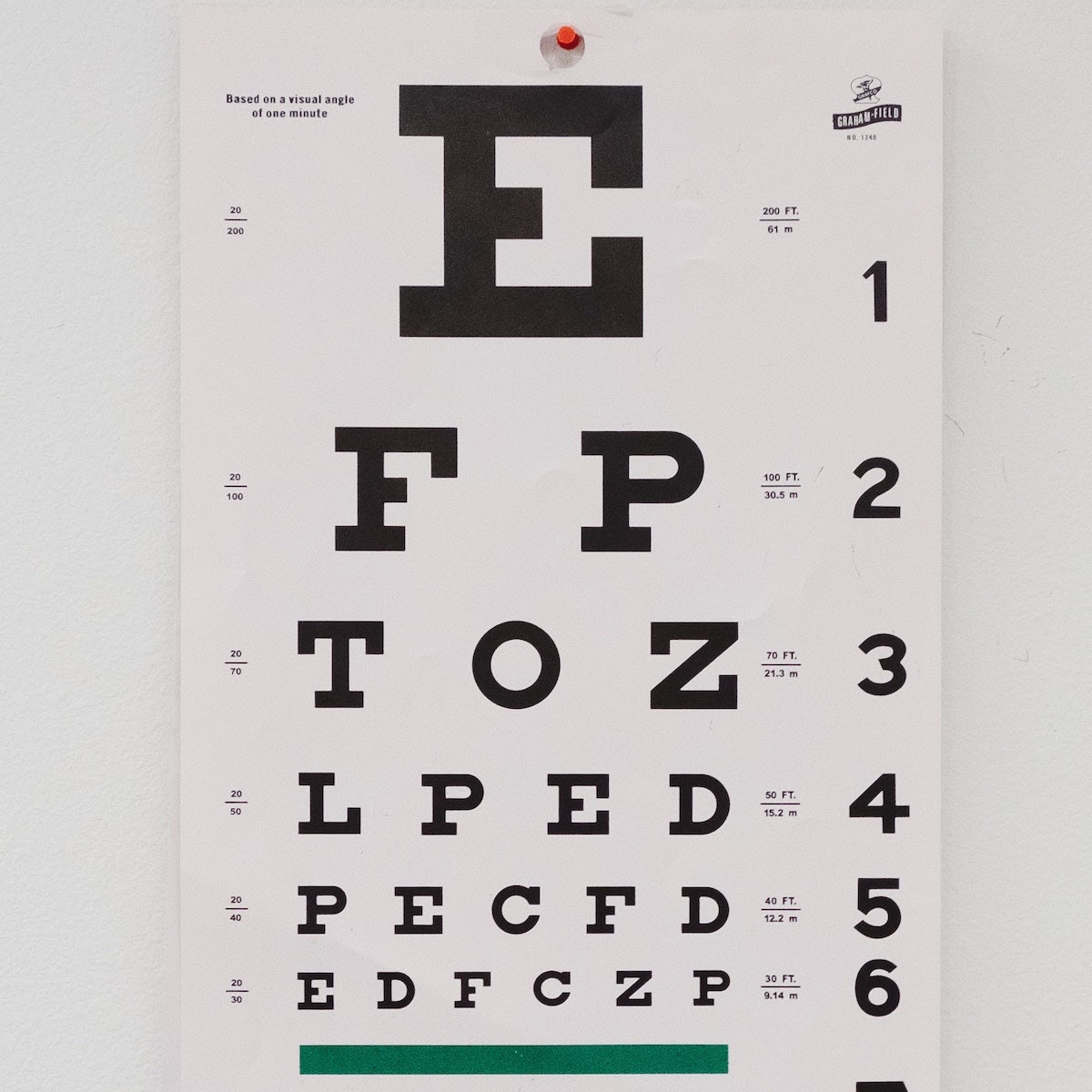Every year, pundits and critics offer their predictions for the year ahead. Here are my predictions for test automation in 2021. (Note: these are my personal predictions)
Prediction 1: Stand-alone QA faces challenges of dev teams with integrated quality engineering

Photo by CHUTTERSNAP on Unsplash
Teams running Continuous Integration/Continuous Deployment (CICD) have learned that developers must own the quality of their code. In 2021, everyone else will figure that out, too. Engineers know that the delay between developing code and finding bugs produces inefficient development teams. Companies running standalone QA teams find bugs later than teams with integrated quality. In 2021, this difference will begin to become painful as more companies adopt quality engineering in the midst of development.
Prediction 2: Development teams will own core test automation

Photo by Sara Cervera on Unsplash
Dev owns test automation across many CICD teams. With more quality responsibility, more of the development teams will build test automation. Because they use JavaScript in development, front-end teams will choose JavaScript as the prime test automation language. As a result, Selenium JavaScript and Cypress adoption will grow, with Cypress seeing the most increase.
Prediction 3: Primary test automation moves to build

Photo by ThisisEngineering RAEng on Unsplash
In 2021, core testing will occur during code build. In past test approaches, unit tests ran independently of system-level and full end-to-end integration tests. Quality engineers wrote much of the end-to-end test code. When bugs got discovered at the end, developers had to stop what they were doing to jump back and fix code. With bugs located at build time, developer productivity increases as they improve what they just checked in real-time.
Prediction 4: Speed+Coverage as the driving test metric

Photo by Marc Sendra Martorell on Unsplash
As more testing moves to build, speed matters. Every minute needed to validate the build wastes engineering time. Check-in tests will require parallel testing for the unit, system, and end-to-end tests. Sure, test speed matters. What about redundant tests? Each test must validate unique aspects of the code. Developers will need to use existing tools or new tools to measure the fraction of unexercised code in their test suites.
Prediction 5: AI assists in selecting tests to ensure coverage

Photo by Hitesh Choudhary on Unsplash
To speed up testing, development teams will look to eliminate redundant tests. They will look to AI tools to generate test conditions, standardize test setup, and identify both untested code and redundancy in tests. You can look up a range of companies adding AI to test flows for test generation and refactoring. Companies adopting this technology will attempt to maximize test coverage as they speed up testing.
Prediction 6: Visual AI Page Checks Grows 10x

Photo by Johen Redman on Unsplash
I’m making this prediction based on feedback from Applitools Visual AI customers. Each year, Applitools tracks the number of pages using Visual AI for validation. We continue to see exponential growth in visual AI use within our existing customers. The biggest driver for this growth in usage follows through from the next two predictions about Visual AI utility.
Prediction 7: Visual tests on every check-in

Photo by Larissa Gies on Unsplash
When companies adopt visual testing, they often add visual validation to their end-to-end tests. At some point, every company realizes that bug discovery must come sooner. They want to uncover bugs at check-in, so developers can fix their code while it remains fresh in their minds. Visual AI provides the accuracy to provide visual validation on code build and code merge – letting engineers validate both the behavior and rendering of their code within the build process.
Prediction 8: Visual tests run with unit tests

Photo by Wesley Tingey on Unsplash
Engineers treat their unit tests as sanity checks. They run unit tests regularly and only check results when the tests fail. Why not automate unit tests for the UI? Many Applitools customers have been running visual validation alongside standard unit tests. Visual AI, unlike pixel diffs and DOM diffs, provides high accuracy validation for visual components and mocks. With the Ultrafast Test Platform, these checks can be validated across multiple platforms with just a single code run. Many more Applitools customers will adopt visual unit testing in 2021.
Prediction 9: The gap between automation haves and have-nots will grow

Photo by Brett Jordan on Unsplash
As more development teams own test automation, we will see a stark divide between legacy and modern approaches. Modern teams will deliver features and capabilities more quickly with the quality demanded by users. Legacy teams will struggle to keep up; they will choose between quality and speed and continue to fall behind in reputation.
Where Do You See The Future?
These are nine predictions I see. What do you see? How will you get ahead of your competition in 2021? How will you keep from falling behind? What will matter to your business?
Each of us makes predictions and then sees how they come to fruition. Let’s check back in a year and see how each of us did.
Featured Photo by Sasha • Stories on Unsplash







